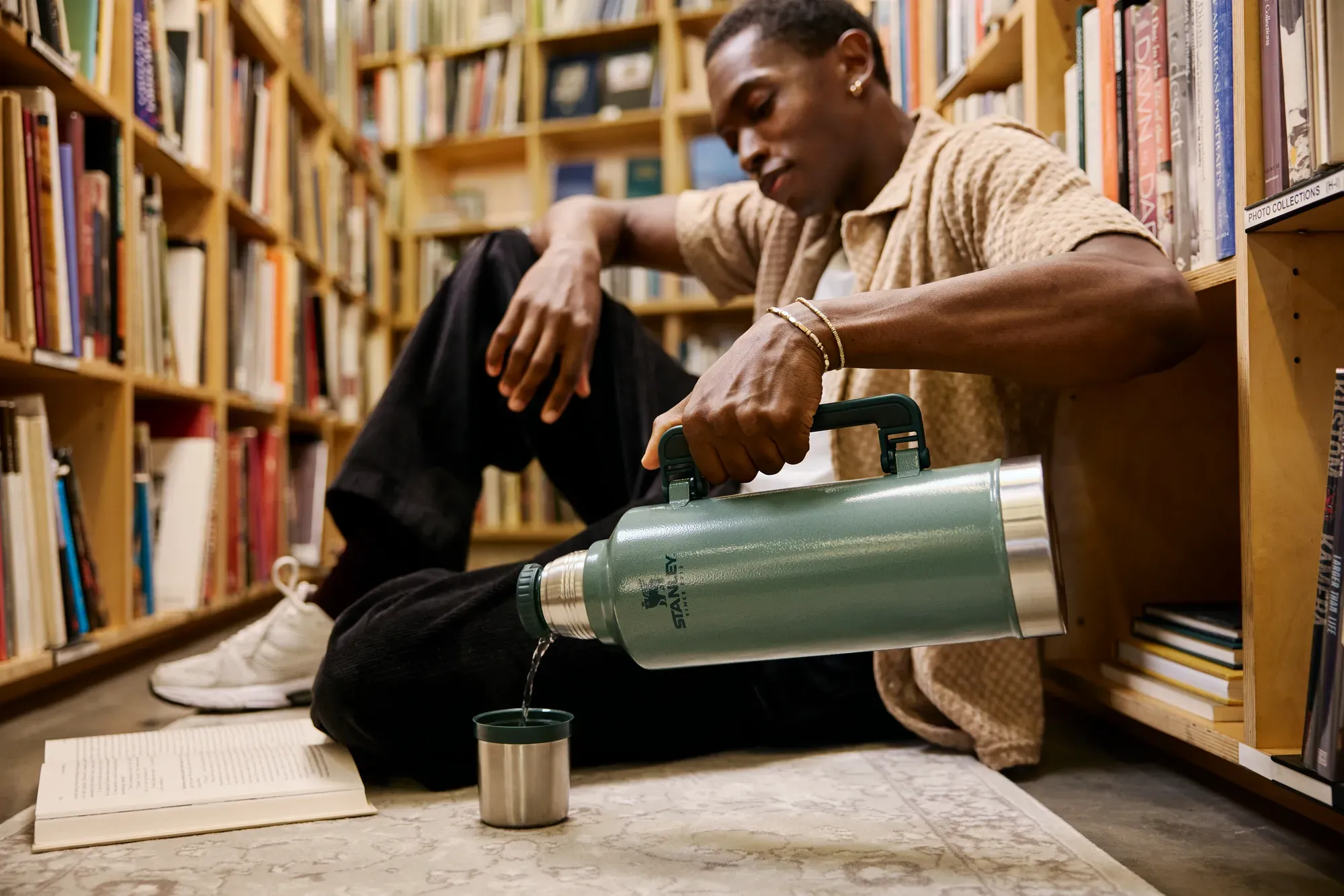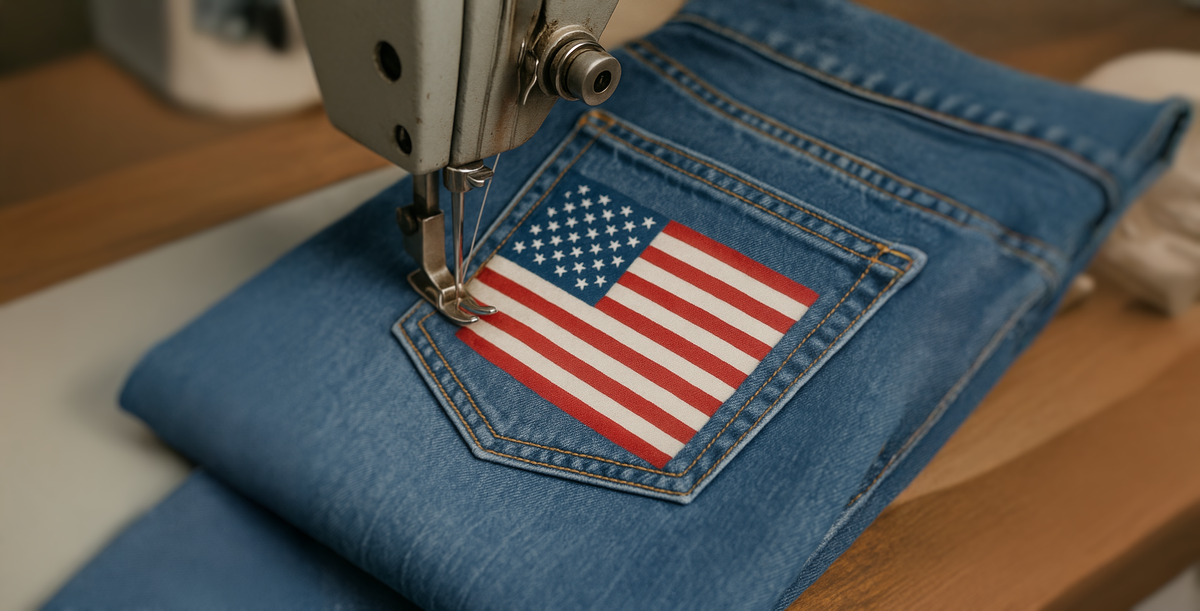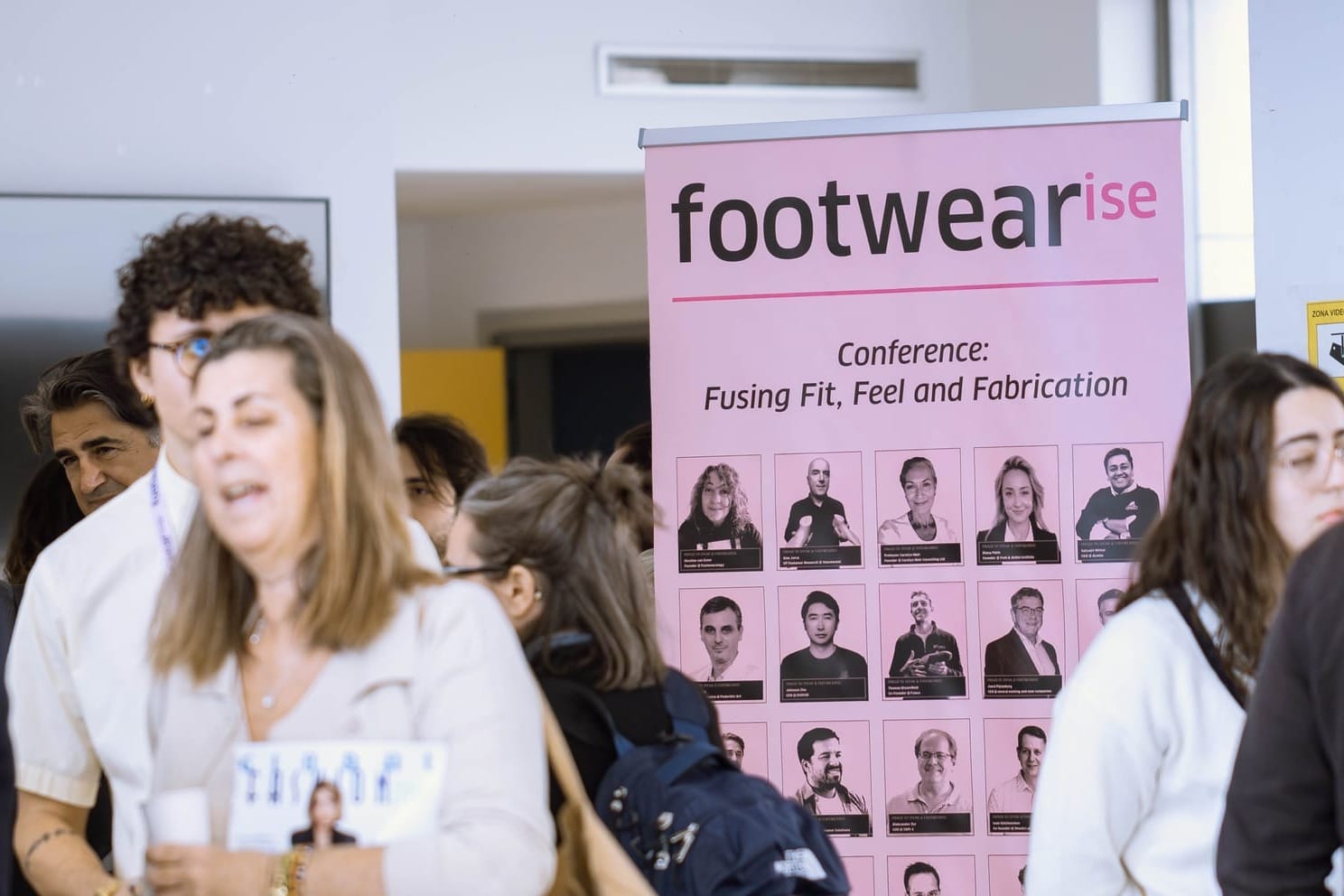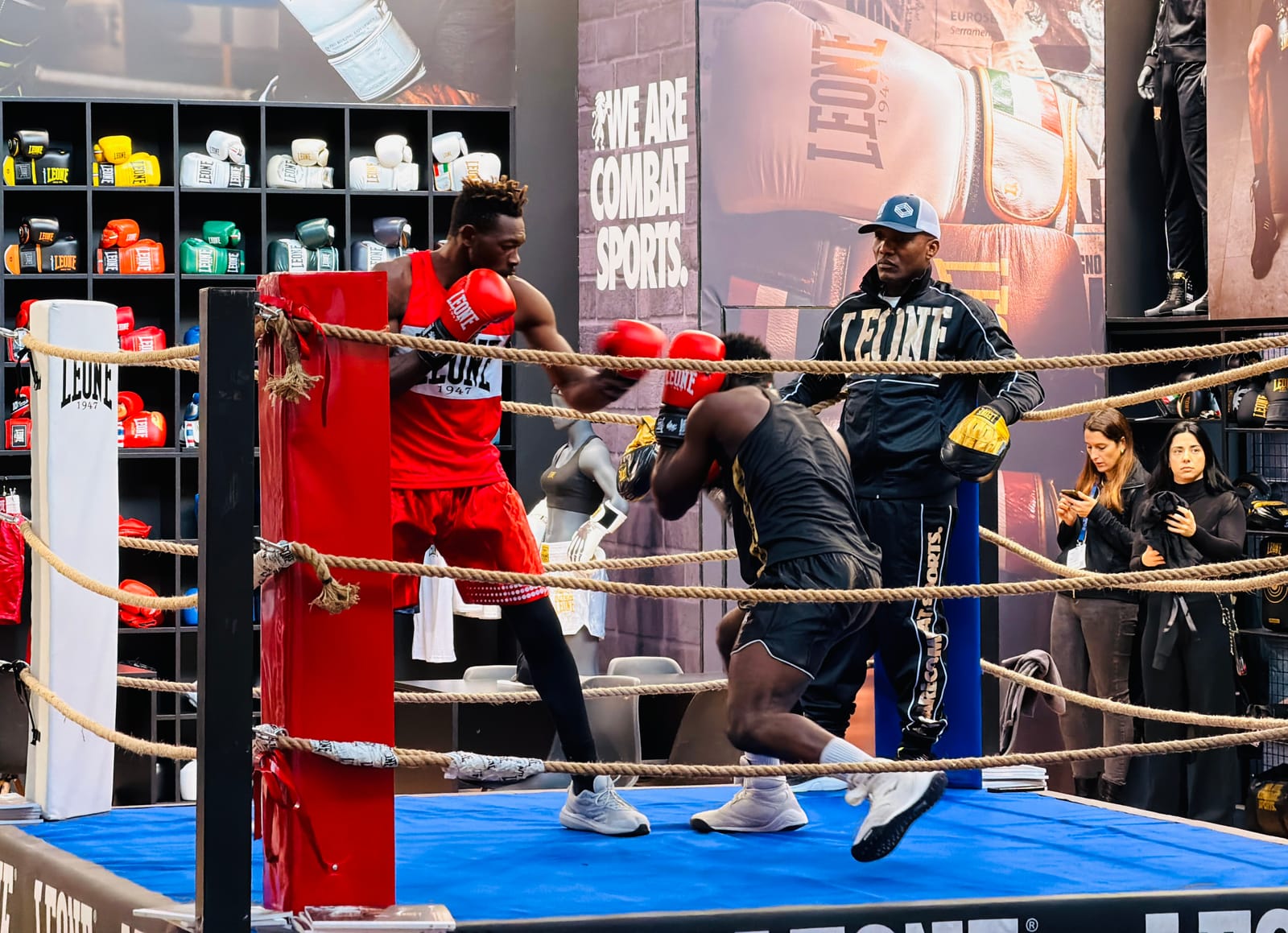Stanley 1913 may be a century-old brand, but its cultural relevance is anything but dated. From viral TikToks to football club partnerships, the company has reinvented itself while holding fast to its promise: “Built for Life.”
At the helm of this evolution is Kate Ridley, Chief Brand Officer, who brings over 25 years of experience from Adidas, Allbirds, and her own consultancy, Change Agency. This was my first time speaking with Kate, and I’ll admit I was a little nervous; interviewing C-level leaders can sometimes feel intimidating. But Kate was a delight: warm, eloquent, and such a natural storyteller that she instantly put me at ease. Her answers were so compelling, in fact, that I often found myself caught up in the stories rather than thinking about my next question.
In our discussion, Kate shares how Stanley balances heritage with hype, why authenticity trumps “pay-to-play” partnerships, and what it really takes to create products that become icons.
🎥 Watch the full conversation below, and/or scroll for the highlights and takeaways.
Key Takeaways
1. Heritage and relevance can co-exist
Stanley’s strength lies in holding two truths at once: it’s a 110-year-old heritage brand, yet it thrives in Gen Z’s culture. For some, it’s a product passed down through family stories; for others, it’s a glitter-finished Quencher collected like a fashion accessory. The brand manages to live across generations without diluting its DNA.
“People will say, my grandfather had that flask and it still works today - that’s quality speaking through memory.”
Why it Matters: Heritage doesn’t mean static. The past is powerful when translated for new contexts.
2. Give the community the mic
Stanley’s rise has been fuelled by its community telling the story, through TikTok virality, influencers, and everyday advocates. By leaning into this and letting go of rigid control, the brand gains authenticity and reach that no campaign could buy.
“You give up a certain amount of control when you’re embedded in a community. You let them advocate, educate, and tell stories about your brand - but that’s where the magic happens.”
Why it Matters: Brand strength grows when you amplify, not over-manage, your community’s voice.

3. Partnerships must be fan-first
Stanley partners only where values overlap and genuine fandom exists. Post Malone was already a heavy Stanley user before their collaboration, and Jennie Kim’s launch succeeded because it stemmed from authentic love of the product.
“Consumers can smell if a partnership isn’t authentic and that’s why we avoid pay-to-play. The best collaborations come from people who genuinely love and use the brand.”
Why it Matters: Collaborations work when they start with real fans, not forced deals.
4. The Quencher proves icons are community-made
The return of the once-discontinued Quencher wasn’t a corporate masterplan; it was resurrected by a group of Utah moms and cemented by a viral TikTok after surviving a car fire. Stanley listened, responded, and let community momentum carry it into cultural icon status.
“No one could have planned that… it was truly the community bringing a story to life.”
Why it Matters: Don’t manufacture icons. Let culture tell you when a product is ready to take off.

5. Sustainability is built in, not bolted on
Stanley’s “Built for Life” promise is more than marketing; it’s backed by lifetime warranties, over 90% recycled steel, and a new “Take Back” recycling program. Longevity and circularity are designed into the product from the start.
“If we make the highest quality products, they last - and in turn, they reduce single-use plastics. That’s sustainability in its purest form.”
Why it Matters: Lasting products are the most sustainable products. Build durability first.
6. Global ideas need local expression
Stanley activates globally relevant stories, like football, while localising them for different communities. A Messi partnership sparked worldwide recognition, while Arsenal and Paris Saint-Germain F.C. collaborations deepened local fan credibility.
“We took a global strategy and walked the line between global relevance and local community execution.”
Why it Matters: Scale global icons, but root them in local fandom to keep authenticity.
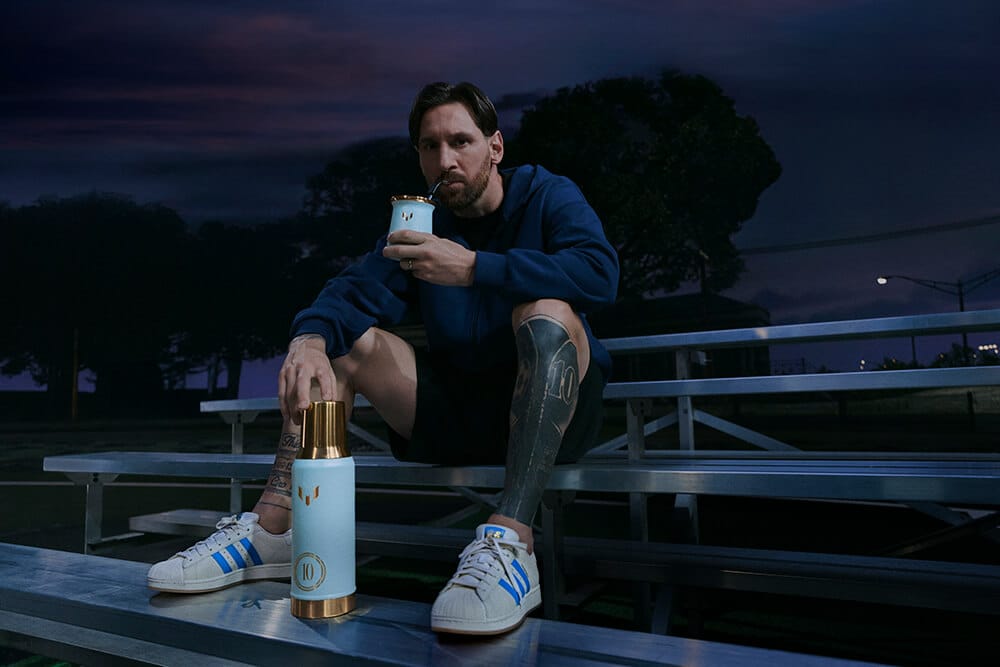
7. Scarcity creates desire, but balance matters
Collector hype has driven demand, but not without friction. When 250,000 people tried to buy a LoveShackFancy collab in ten minutes, it exposed the risks of scarcity models. Stanley didn’t shy away from the misstep: the team acknowledged the frustration, learned from it, and adjusted with pop-ups and broader access to ease pressure.
“We don’t want people to have a negative experience…it’s continuous learning about different community groups.”
Why it Matters: Scarcity fuels excitement, but credibility comes from protecting consumer trust and ensuring fans feel included.
8. Agility and openness fuel the team
Stanley’s culture prizes speed, listening, and learning over hierarchy. Creative ideas can come from anywhere, and “failures” are treated as fuel for quick pivots and better launches.
“Sometimes we don’t hit the mark - and that’s okay. You learn, integrate the changes, and move forward.”
Why it Matters: Creative teams thrive when mistakes are reframed as experiments. Progress depends on openness, not perfection.

9. Experience drives connection
Stanley knows that digital buzz alone isn’t enough; people need to touch and feel the products to appreciate their quality. That’s why the brand invests in omnichannel activations, from luxury placements in Harrods to sport-focused partnerships with Dick’s Sporting Goods, and ensures a consistent voice across TikTok Shop, e-commerce, and retail.
“It’s super important that we give people an opportunity to experience the brand in real life, and then connect that seamlessly with digital.”
Why it Matters: Physical experiences fuel emotional connection; digital extends it. The strongest brands deliver both.
10. Expanding culture across categories
Known for hydration, Stanley is now branching into café, coolers, and protein shakers, all without losing sight of what makes the Quencher iconic. Every new category is powered by two parallel teams: one focused on function (use occasions, performance, durability, portability), and the other on expression (finishes, colors, identity, cultural resonance). Together they ensure products work brilliantly and help consumers express who they are.
“We think first about the use occasion - why do people need that product - and then how it can help them express who they are.”
Why it Matters: Innovation isn’t just about new products; it’s about balancing function and self-expression so that everyday items become part of lifestyle and culture.
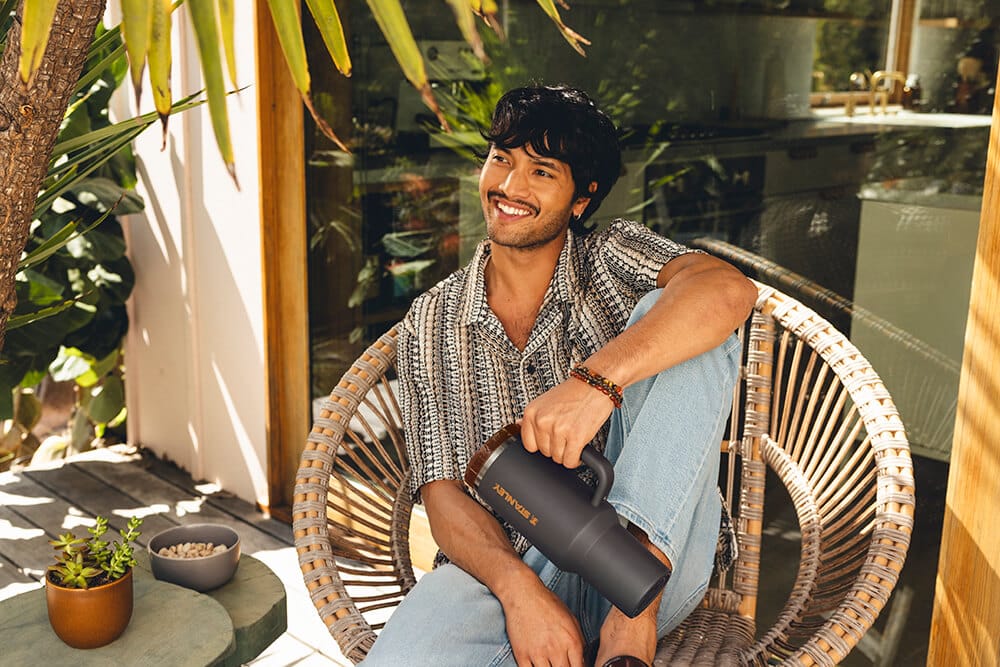
What can we learn?
Stanley 1913 shows how a brand can be over a century old and still feel like the hottest thing in culture. Its secret isn’t a single viral moment, but a way of working: balancing heritage with hype, listening more than controlling, and treating both consumers and employees as part of the story.
As Kate put it, “We see ourselves as babysitters of a wonderful legacy brand…but we can’t take ourselves too seriously. If something’s imperfect, move on and learn.”
And as Kate’s stories made clear, Stanley’s culture is one of openness and agility - and I felt that in how her team helped make this conversation possible. They were an absolute pleasure to work with, which is rarer than it should be.
For an industry often caught between legacy and reinvention, Stanley offers a reminder: longevity doesn’t come from chasing every trend, but from creating products, partnerships, and communities that truly last.
👉 We’d love to hear your perspective: how is your brand balancing heritage, hype, and humanity?

